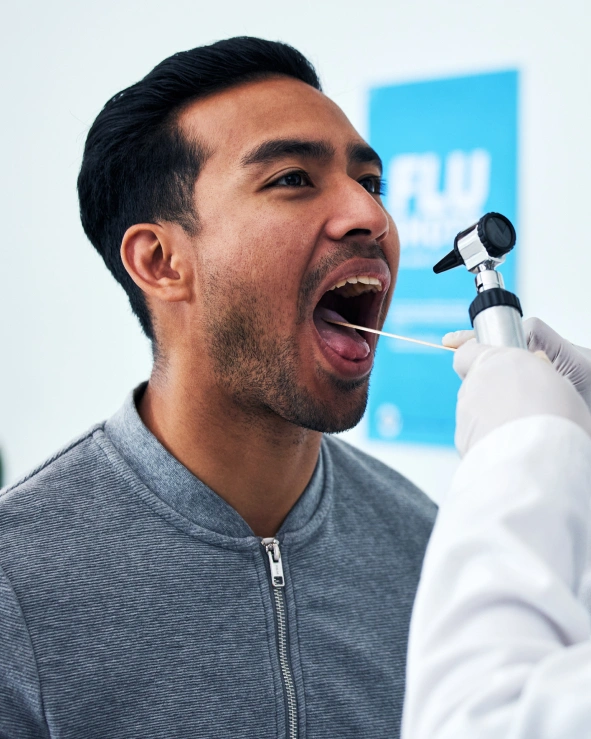
Oral Cancer Screening and Early Detection
Oral cancer accounts for 2.9% of all diagnosed cases of cancer in the United States. According to the American Cancer Society it is estimated that 51,000 people across the country will develop oral cancer this year and that 10,000 fatalities are expected from the disease.
Oral cancer can occur anywhere in the orofacial complex but is most often found on the tongue, the tonsils and oropharynx, the gums, floor of the mouth, lips, cheek lining or the hard palate. While the disease can affect anyone, men are twice as likely to develop oral cancer as women. Those particularly at risk for oral cancer are men over the age of 50 who are heavy smokers and frequently drink alcohol. Additional risk factors may include UV exposure from the sun or sunlamps, GERD (gastro-intestinal reflux disease), prior head and neck radiation treatment, exposure to certain chemicals and poor diet. While the death rate from oral cancer has been decreasing in the past several decades thanks to early detection and advanced methods of treatment improving the outcomes of care, there has been a recent rise in the incidence of oropharyngeal cancer due to increased transmission of the sexually transmitted human papillomavirus (HPV).
Oral Cancer is Characterized by a Number of Symptoms
Common Symptoms of Oral Cancer Include the Following:
- A lump, thickened area, or sore that doesn’t heal
- Unexplained pain in the mouth or ear
- Persistent sore throat, unexplained bleeding, or red/white patches that may ulcerate and fail to heal within two weeks
- A growth or protrusion on the gums
- Changes in how your teeth fit together, or difficulty chewing, biting, eating, or speaking
Remember: There are often no symptoms present in the early stages of oral cancer.
In order to detect and diagnose cancer, it is required to perform an oral cancer screening.
Learn More About Oral Cancer Screening
- Use of tobacco products, including chewing tobacco, cigarettes, cigars, or pipes
- History of significant sun exposure
- Heavy alcohol consumption
- Previous diagnosis of oral cancer
